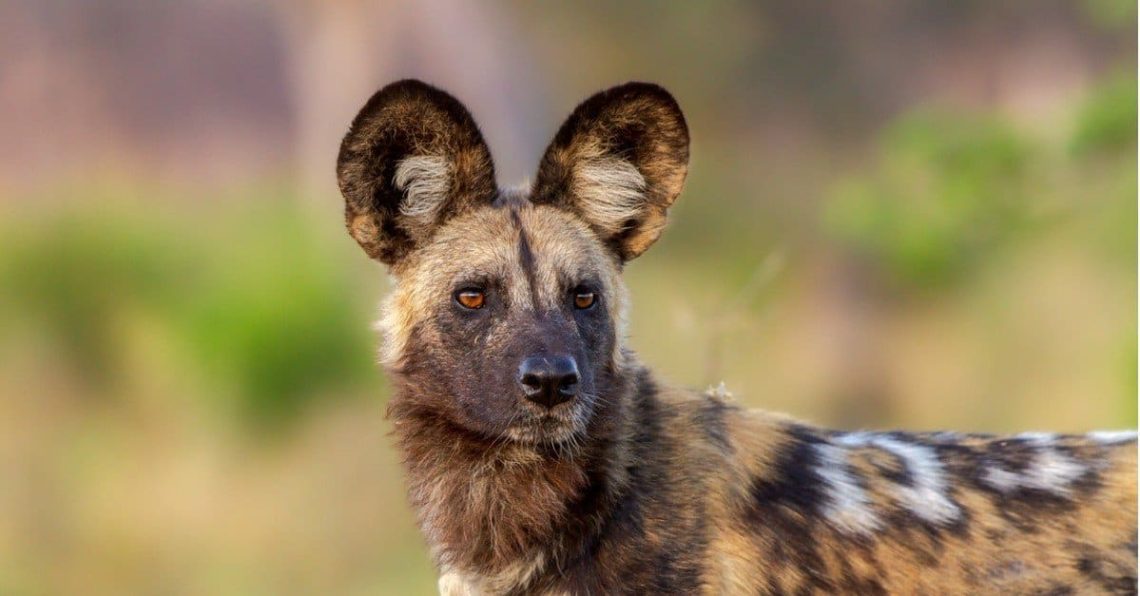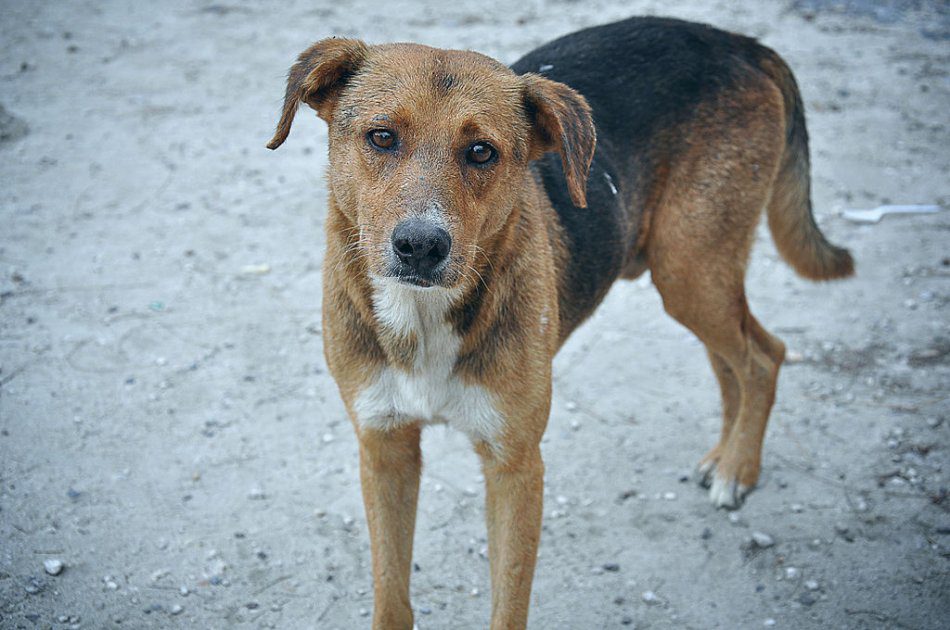
Wild dogs: who are they and how are they different from ordinary dogs?
“And how is it to tame?” asked the little prince.
“It’s a long forgotten concept,” Fox explained. “It means: to create bonds.”
Contents
Who are wild dogs and can they be tamed?
Speaking of wild dogs, we do not mean the “wild dingo dog”, but dogs descended from domestic dogs, but born and raised in the park, in the forest or even in the city, but constantly living at a distance from people. Here we also include dogs born domestically, but feral due to the fact that, for one reason or another, they ended up on the street and stayed there for a long time, who managed to face human cruelty or successfully joined a pack of wild dogs.

In the photo: a wild dog. Photo: wikimedia.org
Such dogs can also become domestic, but they need a special approach. And patience. Initially, patience is needed to catch such a dog, because most wild dogs are very wary of the presence of a person, avoid him or keep at a safe distance. Many volunteers know how much work and how much time and patience is needed to catch such a dog.
So, the wild dog is captured. What should we do next?
First of all, I will say that I personally think that we should catch a wild dog from its usual environment, fully realizing what kind of adventure we are starting.
Adventure in a good way. After all, our goal is good: to give this dog the happiness of an active, fun, fulfilling life with her human. But we must not forget one very important point: her life was already quite complete until the moment of capture – she lived in an environment she understood. Yes, sometimes starving, sometimes suffering from thirst, sometimes being hit by a stone or a stick, sometimes being fed, but that was her life, understandable to her. Where she survived according to her own, already clear to her, laws. And then we, the Saviors, appear, remove the dog from its usual environment and …

Photo: wild dog. Photo: pexels.com
And here I want to make a very important point: if we take responsibility for removing a wild dog from its familiar environment, then, in my opinion, we should offer it non-existence and survival next to a person in return (that is, adaptation to the presence of a constant stressor nearby – a person), namely the joy of living together with a friend that a person will become.
We will be able to teach a wild dog to live next door to a person quite quickly, in just a couple of months. But will a dog be comfortable living next to a constant stimulus? Even if its intensity will weaken over time, as the rules of existence in human society are learned.
Without proper work on the adaptation of a wild dog to living in a family, we often encounter the fact that once off the leash, the former wild dog runs away, does not approach the person in whom he has lived at home for more than a year, quickly regresses almost to his original states. Yes, she accepted living in a family as a given, she got used to the house, but did not learn to trust a person, seek his protection and, even if this is anthropomorphism, yes, she did not learn to love him.
For a full-fledged happy life together with a human Friend, a wild dog will need more time, and a person will need more patience and effort. Forming a wild dog’s attachment to humans is a process of purposeful work. And you can’t call this process easy.
How to adapt a wild dog to life in the family? We will cover this in future articles.





